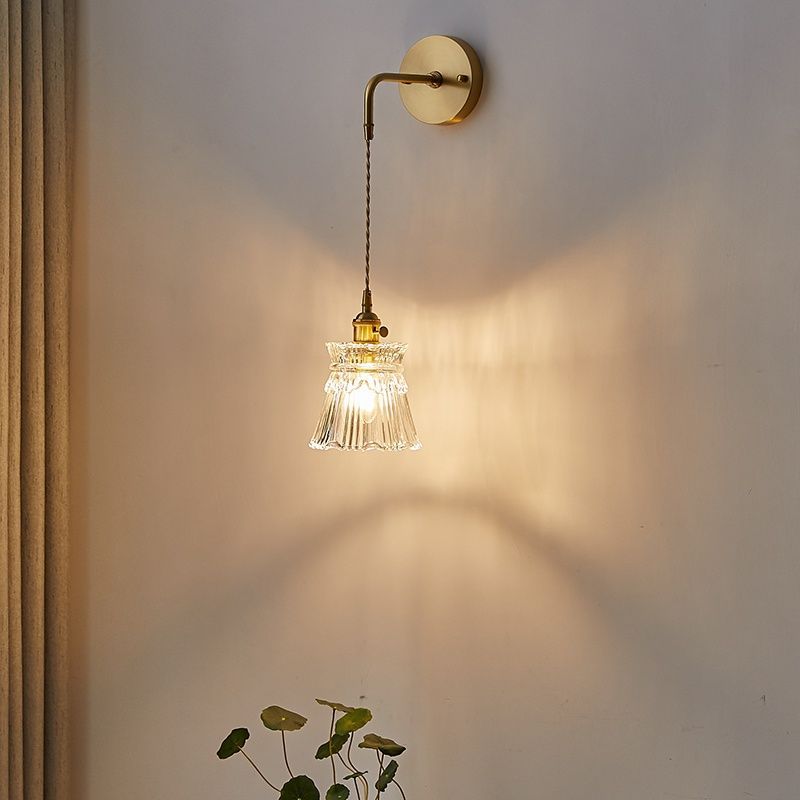Split lamp is an essential diagnostic tool used in ophthalmology, that combines a microscope with a light source. It allows ophthalmologists to examine the eye and its various structures in great detail, making it a vital tool in the assessment and diagnosis of various eye conditions. This article will explore the versatility and importance of split lamp in ophthalmology in detail. woodenlightings
Uses of Split Lamp in Ophthalmology
Examination of the Anterior Segment
One of the primary uses of split lamp is examining the anterior segment of the eye, which includes the structures at the front of the eye, such as the cornea, iris, and lens. With a split lamp, ophthalmologists can magnify these structures and examine them under different angles of illumination for any signs of damage or disease. This allows them to diagnose a range of conditions, including cataracts, corneal ulcers, and inflammation of the iris.
Examination of the Posterior Segment
Split lamps are also used for the examination of the posterior segment of the eye, which includes the retina, optic nerve, and vitreous humor. This part of the eye cannot be seen with the naked eye; it requires a specialized device like a split lamp to examine it. The examination of the posterior segment is essential in detecting and diagnosing conditions like macular degeneration, retinal detachment, and glaucoma.
Fitting Contact Lenses
Split lamp is also used in fitting contact lenses. A contact lens fitting involves examining the cornea to ensure that the lens fits properly and does not cause any discomfort or irritation. Split lamps provide a detailed view of the cornea, allowing ophthalmologists to examine the fit of the contact lens rigorously. This helps prevent complications such as corneal ulcers or infections that can arise from poorly fitting contact lenses.
Conducting Laser Treatments
Split lamps can also be used in conducting laser treatments. The device allows ophthalmologists to focus a laser beam precisely on damaged or diseased tissues while ensuring protection for surrounding tissues. This technique is used to treat a range of eye conditions, including diabetic retinopathy and glaucoma.
Importance of Split Lamp in Ophthalmology
Early Diagnosis of Eye Conditions
Split lamps help in the early diagnosis of various eye conditions, allowing ophthalmologists to initiate treatment early. Early intervention can prevent further damage to the eye, which could lead to vision loss.
Precision in Eye Surgery
Split lamps are instrumental in providing precise guidance during eye surgery. The device allows the surgeon to visualize the eye structures in great detail, enabling them to perform the necessary procedures with high precision. This reduces the risk of complications and improves the success rates of eye surgeries.
Improving Patient Outcomes
Split lamps play a vital role in improving patient outcomes. They help in the early diagnosis of eye conditions, provide precision during eye surgeries, and facilitate successful treatment. This, in turn, leads to better patient outcomes and improved quality of life for patients with eye conditions.
Split lamps are versatile diagnostic tools used in various aspects of ophthalmology. They provide a detailed view of the eye structures, facilitating the diagnosis of various eye conditions. They are also important in guiding eye surgeries, improving precision, and reducing complications. It is therefore essential that ophthalmologists have access to and make use of split lamps to ensure that their patients receive high-quality eye care.

